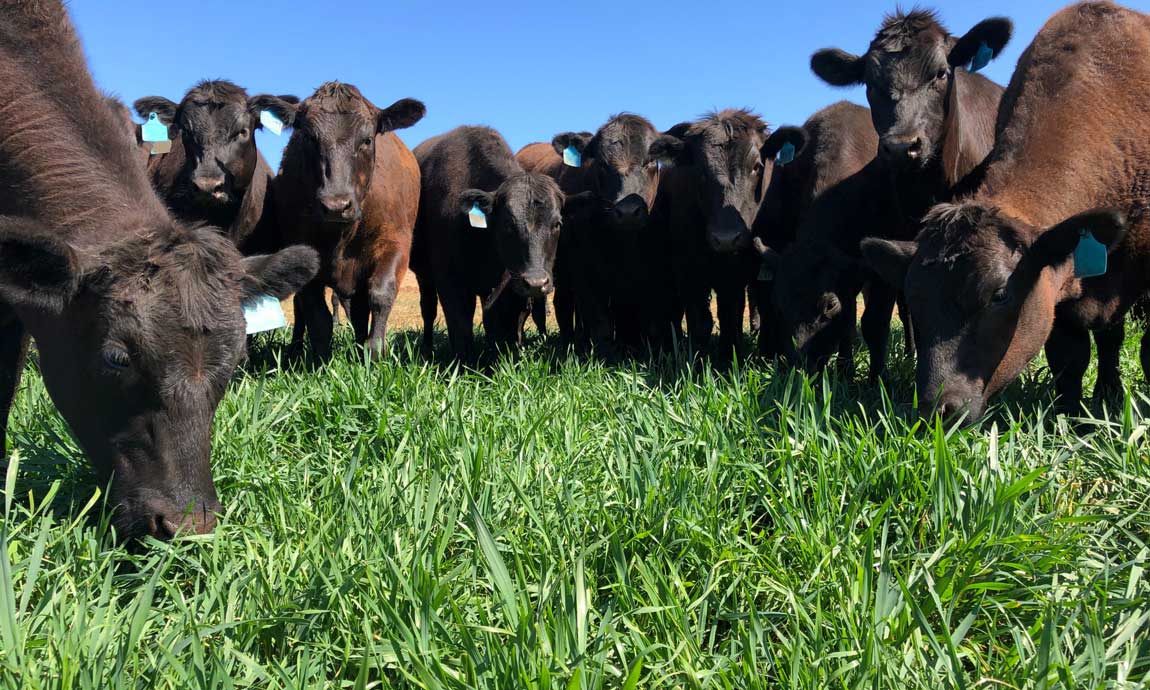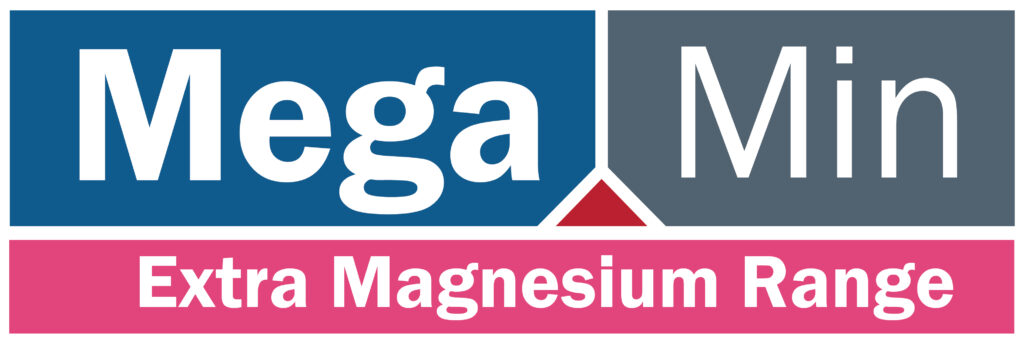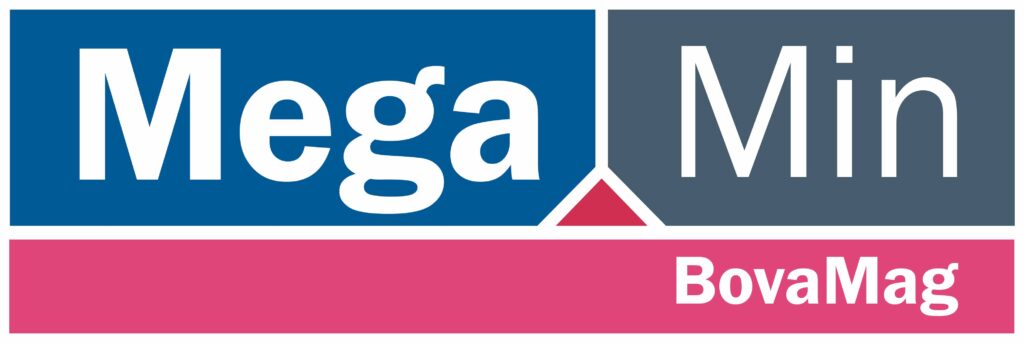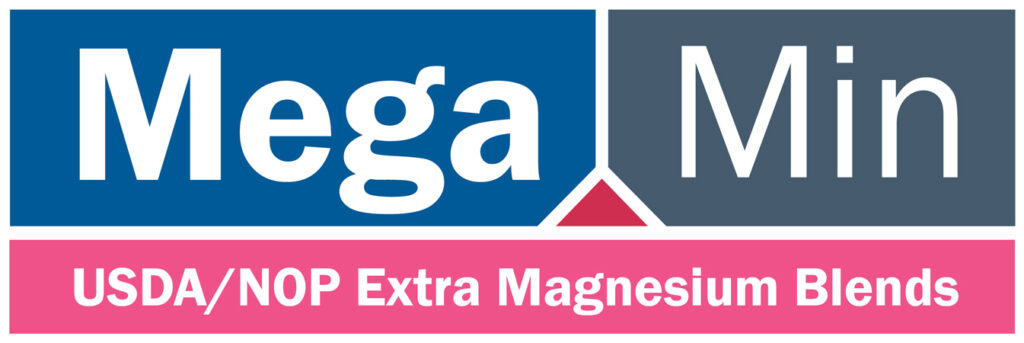A lot of areas have experienced enough rain to generate green grass but even having an abundance of lush green fodder can have itís challenges because cattle and sheep can madly chase this green feed and yet lose condition.
The reason is due to high moisture and lack of fibre in the green shoot and stock can’t consume enough feed to meet their daily dry matter requirements. In addition, lush green fodder passes too quickly through the rumen causing scours and reduces the absorption of magnesium, which can lead to Grass Tetany.
Also, these pastures are high in sugars which has the potential to cause an ëacidosisí type scenario resulting in a decrease in rumen pH, similar to when ruminants consume grain without adequate fibre. This can result in scouring and loss of appetite.
To maximise the benefits of green fodder, it is important to provide a source of fibre such as standing dry pasture, hay or straw, or by-products high in fibre such as whole cottonseed.
The manure will always tell you if there is enough fibre in the diet.
The value of broad spectrum minerals
The broad spectrum of minerals and trace elements are directly linked to metabolism and are essential for the utilization of energy and protein.
To benefit from the full nutritional value of any one mineral, adequate quantities of all other minerals must also be available.
For instance, phosphorus absorption is reduced if calcium, sulphur, manganese or copper is lacking.
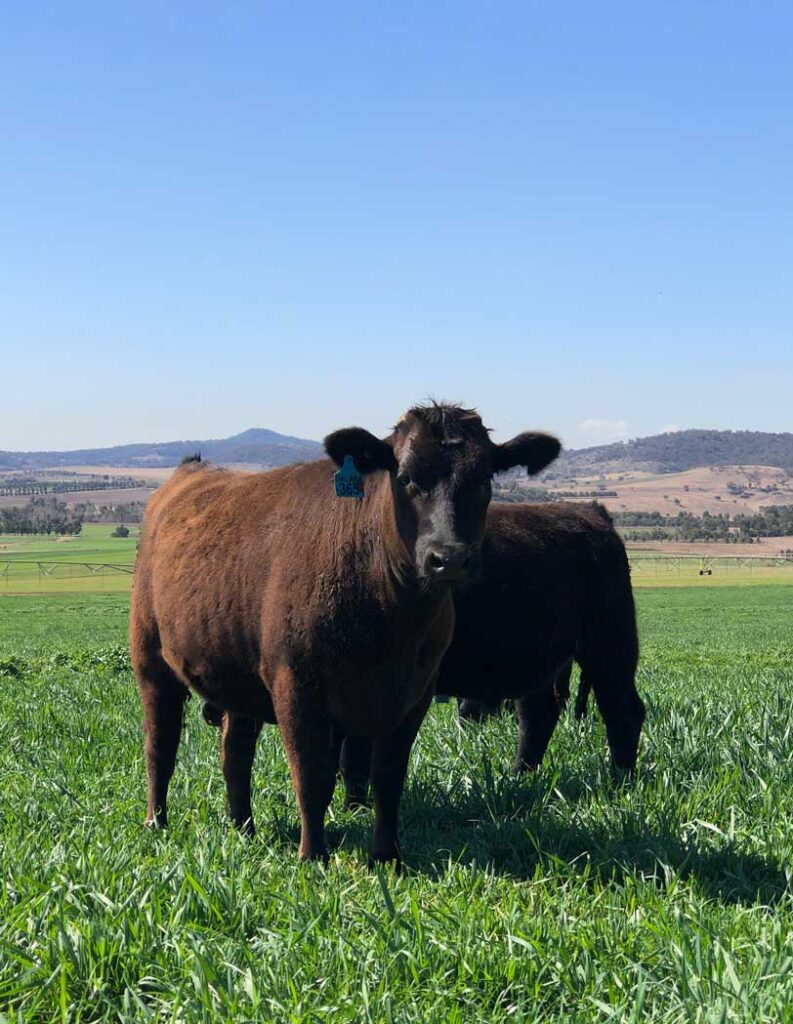
Dry Matter requirements for stock grazing lush green pasture
Even though you may have knee high green grass, dry mater values in that pasture could be 20% or lower.
An average breeder needs to graze 1.8 to 2.2% of her body weight in dry matter each day. This means that her daily requirement would be 9-11kg of dry matter per day.
When grazing predominately lush green pasture, this would equate to the beast having to consume 45-55kg of pasture.
So, what are the signs? Apart from loose manure, cows graze longer hours and yet still donít appear to have filled that triangle below their hip bone.
By 10am, cattle should generally be camped and ruminating. Take notice: are your cattle full and chewing their cud? If not, the provision of dry hay at this time can provide great benefits for your stock.
Mineral requirements for stock grazing lush green pasture
While lush green feed generally supplies sufficient energy and protein to meet requirements, minerals and trace elements are often lacking and can result in clinical or sub-clinical mineral deficiencies that restrict animal performance during good seasons and periods of lush pasture growth.
Research has proven that supplementing during the good seasons can provide the opportunity to maximise daily weight gain.
Magnesium is a production mineral:
In addition to the importance of trace elements, trials have proven the value of Magnesium as a production mineral to increase weight gain for cattle and sheep on lush green pastures and winter cereals. Trial work conducted by Dove & McMullen in 2009 (lambs grazing winter wheat), highlighted 31% increased daily weight gain, which is a massive return on investment for magnesium supplements.
Lush green feed is often lacking in minerals so it is important to provide minerals and trace elements to insure against nutritional gaps that can restrict weight gain even during a good season.
